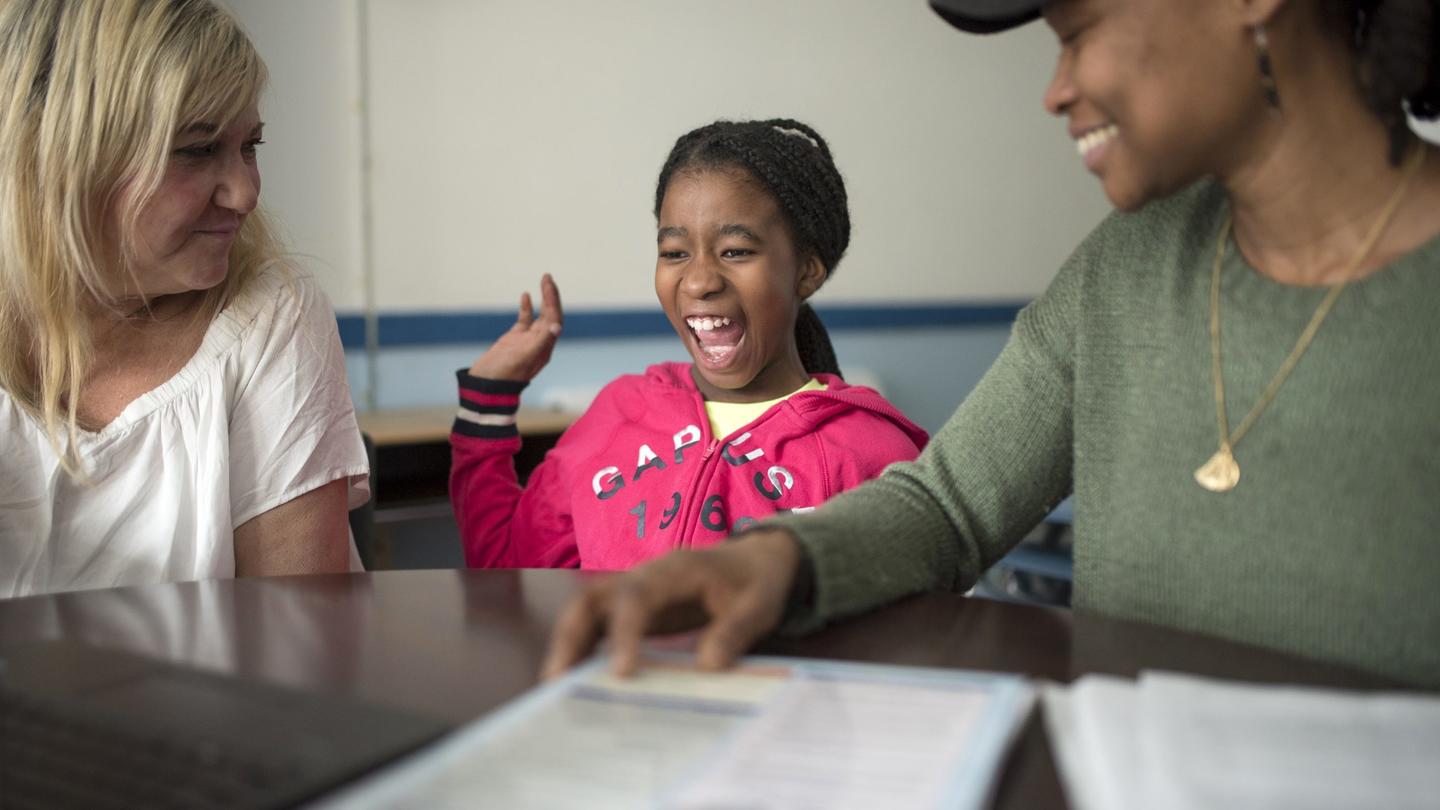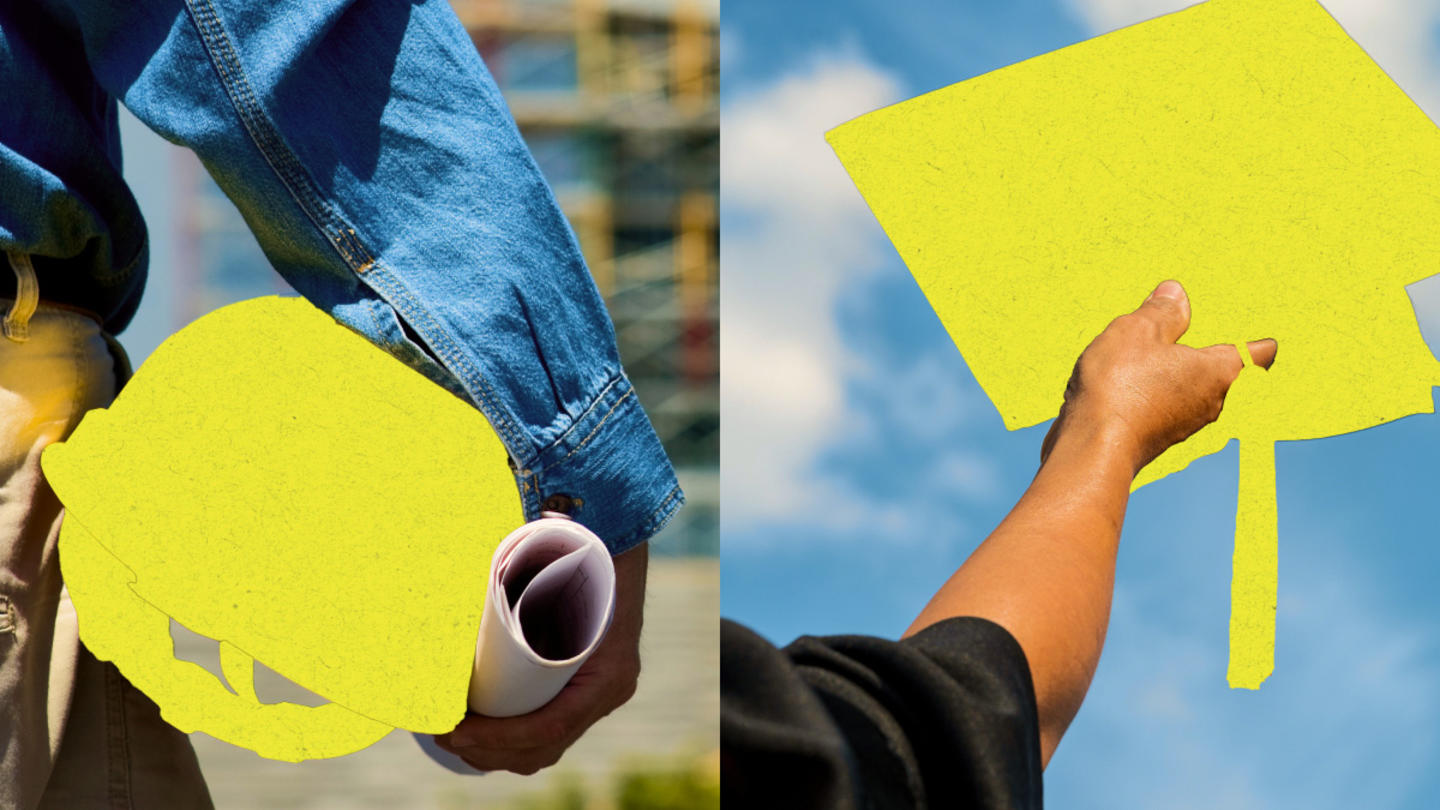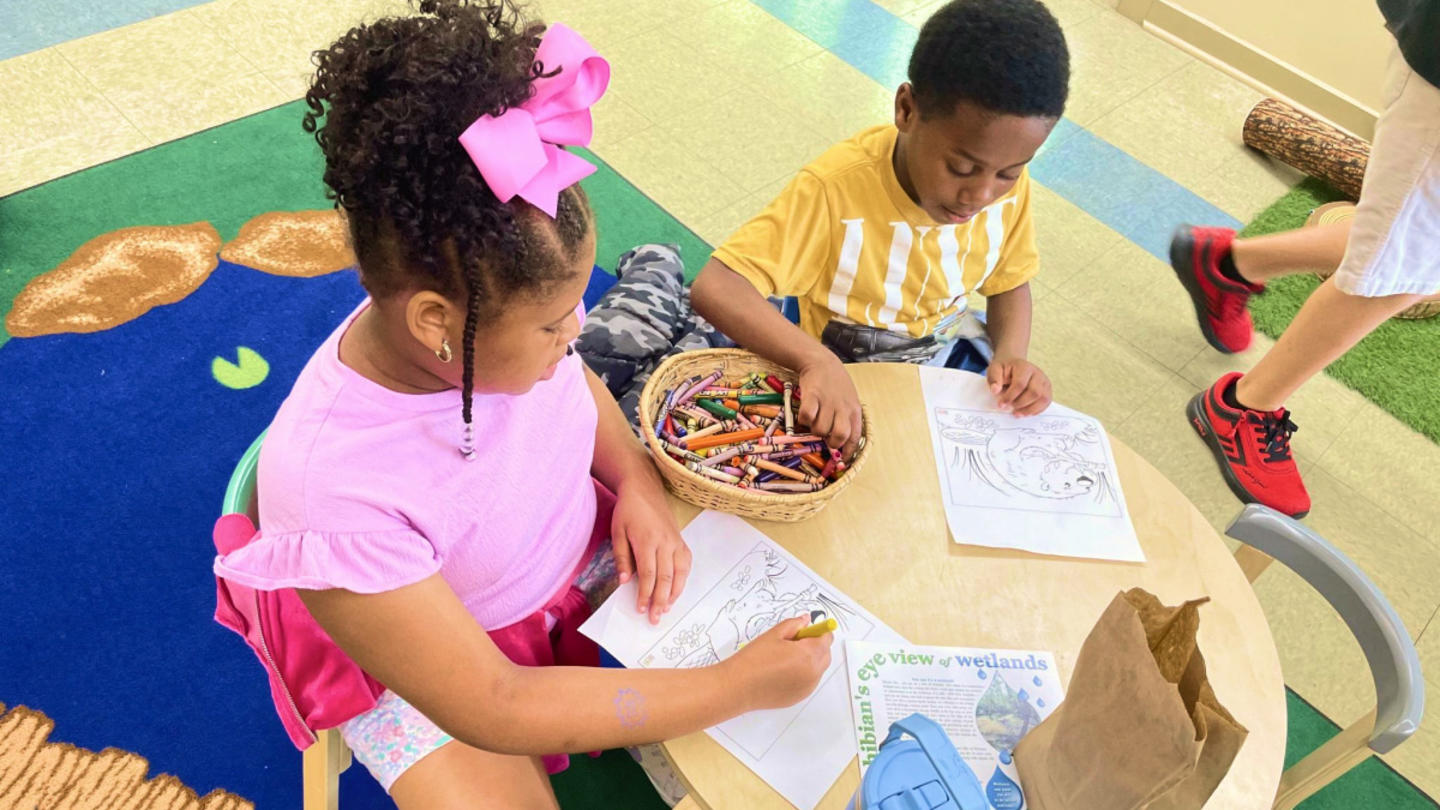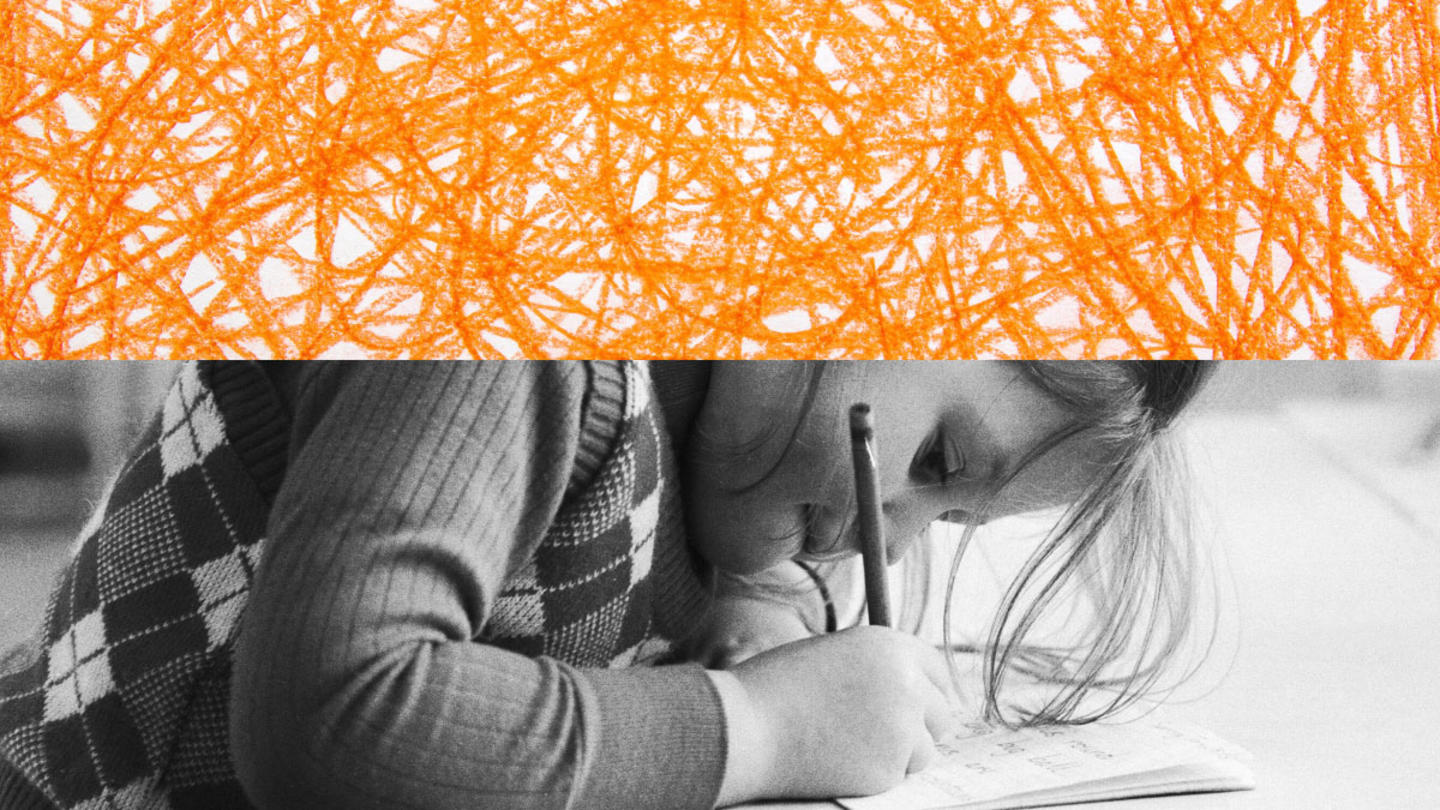If you've tried helping a child with homework lately, you may have run into the same trouble Natasha Sanchez faced. When her daughter Skylyn was in the fifth grade, Skylyn was given assignments on math concepts that Natasha found totally unfamiliar. "Sometimes Skylyn needs a little help," Natasha says. "It was so frustrating not to be able to give her that."
Natasha and Skylyn, who live in New York City, now use a program called Family Playlists that engages students, teachers, and parents in a child's learning pursuits. The playlists deliver lessons, games, and exercises via cell phone in more than 100 languages. They then turn homework on its head, asking the students to teach their parents, caregivers, or guardians what they are learning (instead of the other way around) and having the adults share with the teacher how the students did.
"The best part is when Skylyn and I work together," says Natasha, adding that her daughter taught her fractions. Now in sixth grade, Skylyn says, "It's fun, and it brings my family together."
Family Playlists are the brainchild of Elisabeth Stock, an MIT engineer and founder of PowerMyLearning, a nonprofit supported by the Stand Together Foundation. Elisabeth started the organization in 1999. "We see learning as a triangle, made up of students, families, and teachers," Elisabeth says. "Family Playlists are a way to leverage technology and curricular content to strengthen all three sides."
The goal: To improve mastery and social and emotional skills by allowing the student to absorb the material on their own, and then teach what they learn to a family member or guardian. The adult then gives feedback to the teacher through the playlist so they can better meet the student's needs.
When Family Playlists were first rolled out in 2017, they showed a significant improvement in the learning relationships between students, teachers, and families. All the participating families said the program helped them understand what their child was learning in school, completing the triangle and reinforcing the bond between parent, child, and teacher.
The COVID-19 pandemic has forced most curricula to go online in recent months, of course, but PowerMyLearning had a head start. Elisabeth and her team designed Family Playlists with the intention to break down common barriers to engagement—many of which are now exacerbated by the pandemic. Elisabeth says, "I wanted to find a way to use technology to overcome language barriers and enable students, teachers, and families to work together across diverse learning environments."
Family Playlists are now available for math and science classes in kindergarten through eighth grade across all 50 states. Family Playlists can be customized by teachers to focus on what a student needs to learn at any point in the curriculum. The innovation is available in more than 100 languages — a big step toward Elisabeth's goal of knocking down language barriers. Currently, PowerMyLearning is working with more than 100 schools and districts nationwide, giving them a scalable way to connect students, teachers, and families around student learning across new learning environments.
Family Playlists help in three ways. First, students enjoy learning more when they involve family members in homework activities related to what they're studying, rather than going it alone. Second, teaching a parent or other relative a concept or a skill, the way Skylyn taught fractions to her mom, strengthens the child's own understanding and confidence, which builds student agency. Third, collaborating with family members gives teachers a clearer understanding of how each student's cultural and family circumstances may affect his or her progress.
Families and teachers are able to work as a team, sharing insights and advice on how students are progressing. Natasha Sanchez, for instance, could share with Beth Hickey, Skylyn's teacher, any areas where her daughter struggled so Ms. Hickey could check in with Skylyn the next day.
"I'm so excited to see students having that 'couch time' with parents," says Beth, whose own father worked with her on school projects and encouraged her to study as she was growing up. She likes getting selfies from her students that show themselves and family members sharing lessons while they're eating at McDonald's or doing Family Playlist activities together early in the morning.
Family Playlists usage has more than tripled during the COVID-19 pandemic, Elisabeth says, and "schools who were already using Family Playlists before had a much smoother transition to remote learning, because those crucial three-sided relationships were already in place."
Some teachers were skeptical, at first, about the reception from families. When PowerMyLearning rolled out Family Playlists three years ago to sixth-grade classrooms in one school in New York City, some teachers "told us families wouldn't use this," Elisabeth says. But in fact, 91 percent of them did.
The results are impressive. When PowerMyLearning conducted an internal study of 282 seventh-grade students in the Bronx, for example, the researchers found that the kids who were assigned Family Playlists to complete with their families far outperformed their peers. Their scores on standardized math tests were equal to an extra four months of learning.
One consequence of the pandemic, Elisabeth says, is that it has "pulled back the curtain on longstanding socio-economic inequality in education," since less affluent households are often ill-equipped to adapt to remote learning. "At income levels of $35,000 or less per year, only about 50 percent have laptop or desktop computers at home, but 90 percent have cell phones," she says. "That's why, long before the pandemic, we decided to put Family Playlists on phones, so as many kids and families as possible can have access."
That ease of access could help foster learning opportunities for many more students, families, and teachers in the years ahead. Family Playlists put the power of learning into the hands of families — empowering them to support and enhance their child's learning. The goal of PowerMyLearning's five-year strategic plan: Creating 5 million of those learning "triangles" across the United States by 2025.
PowerMyLearning is supported by Stand Together Foundation, which partners with the nation’s most transformative nonprofits to break the cycle of poverty.
Learn more about Stand Together's education efforts and explore ways you can partner with us.




